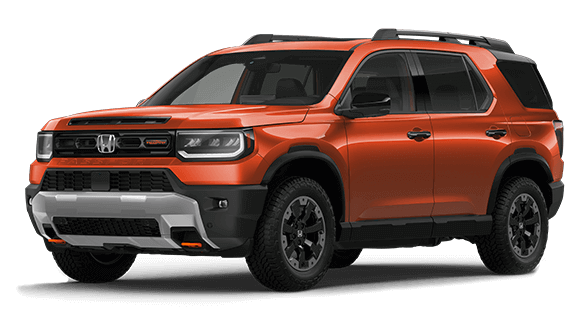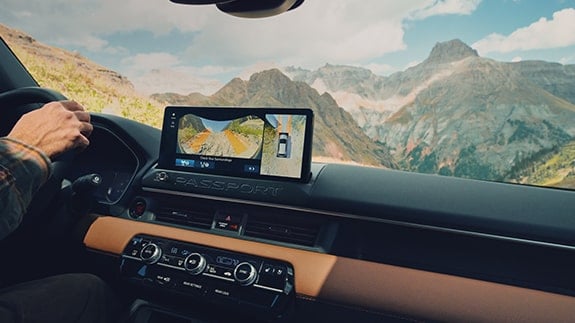Pros of AWD/4WD
Better acceleration: An AWD or 4WD vehicle can accelerate better than a two-wheel-drive vehicle in inclement weather. "The advantage provided by AWD is mainly in the acceleration, as the traction needs will be equally distributed among all four tires," says Cyrille Roget, a spokesperson for Michelin North America. On a car with front-wheel drive, "the need for traction will be transmitted only on two tires," adds Roget.
Helps with traction and towing: A 4WD truck's improved traction can help if you are towing from a wet, steep boat ramp, says Dan Edmunds, director of vehicle testing for Edmunds. Similarly, if you go camping off-road in dirt or in sandy areas, a vehicle with AWD or 4WD will reduce your chances of getting stuck. But you don't need these systems if towing on dry, paved roads and camping in developed spots are your thing, says Edmunds.
Improves dry handling: This benefit applies only to AWD vehicles with torque vectoring. The AWD version of the Acura TLX is one example. Acura's Super Handling All-Wheel Drive (SH-AWD) distributes torque to all four wheels, using a pair of electromagnetic clutches to freely regulate torque distribution between the rear wheels. This system is one of the rare cases in which AWD can help with cornering.
Added resale value: Your vehicle may be worth a bit more if you live in an area where trucks are popular, like Texas, or in a place with harsh winters, like Colorado. People are willing to pay a premium for vehicles with AWD and 4WD, says Richard Arca, associate director of vehicle valuations for Edmunds. If you look at the depreciation curve for these cars, value dips initially, but then the cars regain their value after a few years, Arca adds. But if you live in a place with milder winters, like Southern California, there will be less demand for AWD and 4WD vehicles, and buyers won't be as willing to pay for the feature.



 by
by 
